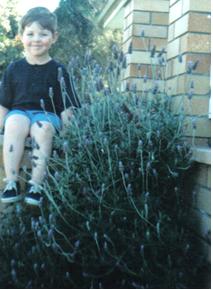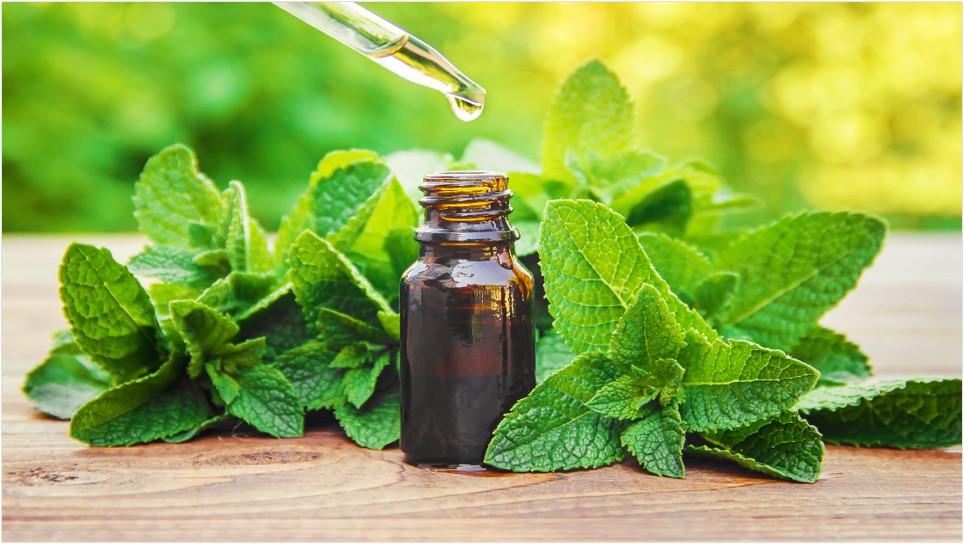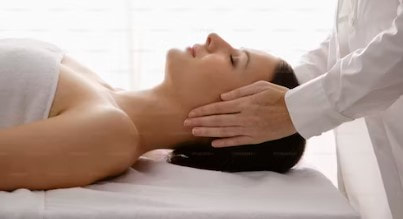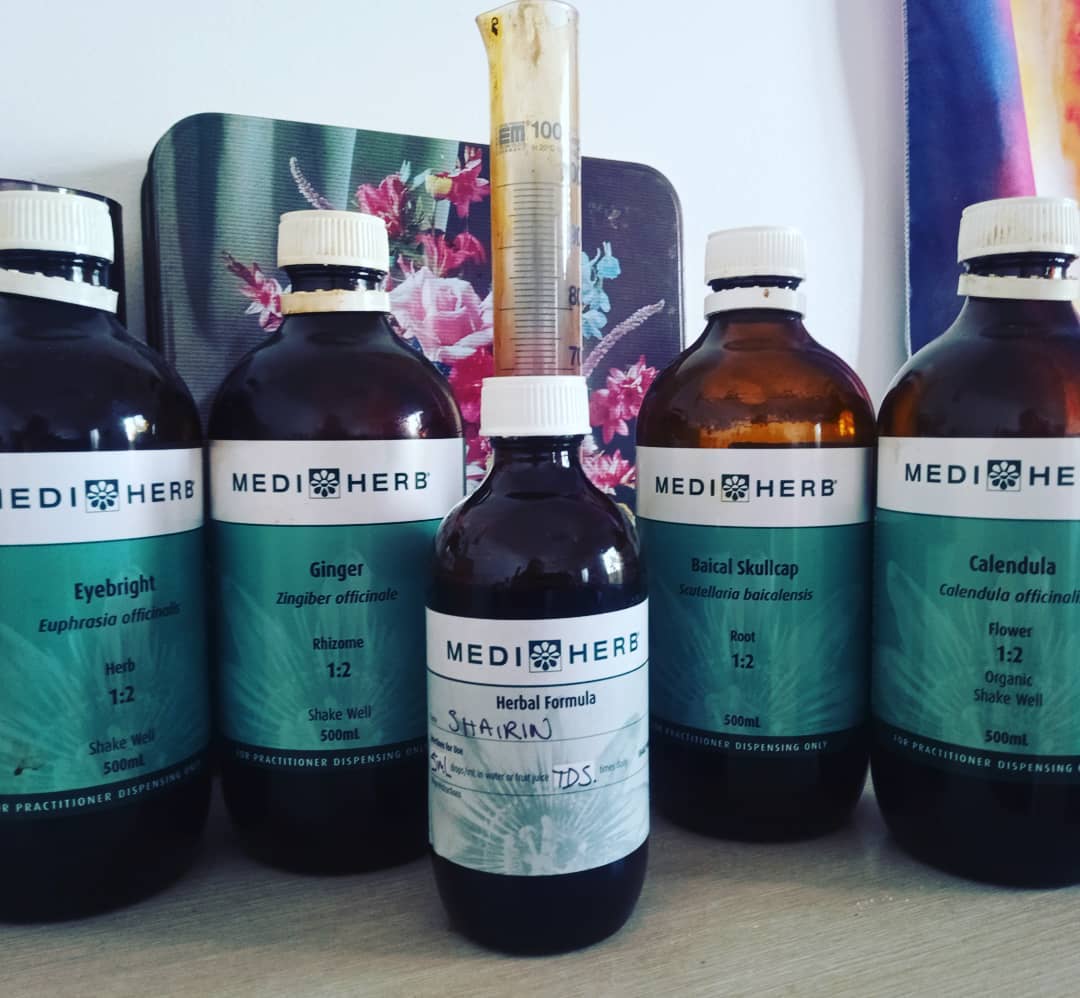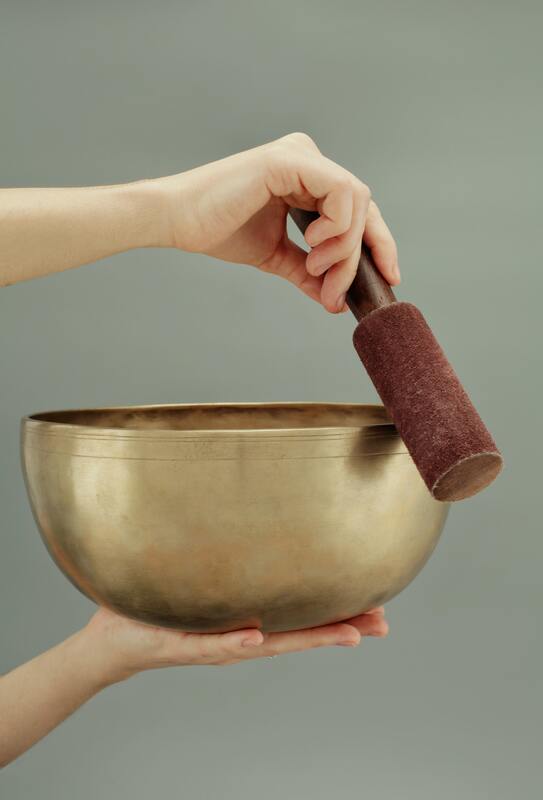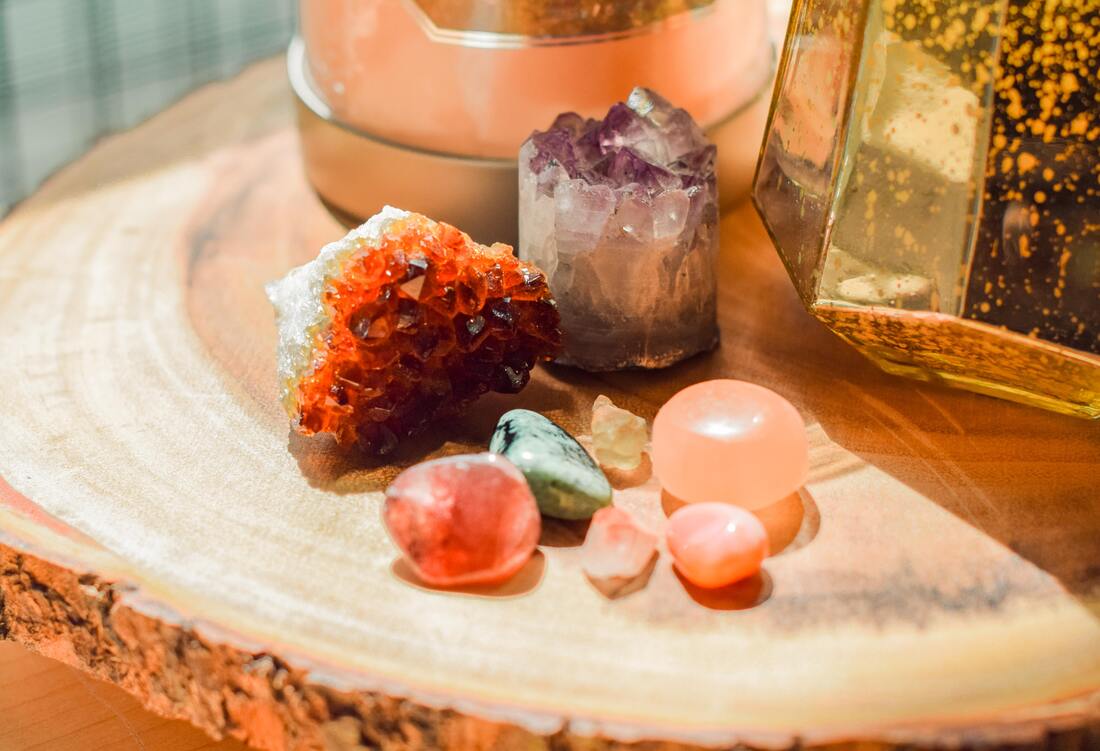Varieties:
Origin: Middle EastDescription:A perennial evergreen sub-shrub belonging to the Labiatae family, lavender boasts narrow grey/green leaves and elongated stems adorned with mauve, purple, pink, or white flowers. Plant Parts Used: Flower heads.Properties:Lavender is a versatile herb with a myriad of properties including soothing, relaxant, carminative, sedative, local anaesthetic, antiseptic, disinfectant, analgesic, antidepressant, insecticide, deodorant, stimulant, tonic, skin rejuvenating, and stress relief. Metaphysical Associations:Embracing metaphysical realms, lavender is linked to Yin, Moon, Blue, throat, Mercury (clears and relaxes the mind), Jupiter (emotional benefactor), creativity, devotion, chastity, and male aphrodisiac. Spiritual Qualities:Beyond the physical, lavender embodies spiritual qualities, signifying caring and nurturing. It serves as a protective force for the Earth mother, a relaxant in psychic work, drawing spiritual energy into the physical realm and gently dispelling negativity. Medicinal Uses:Lavender finds its place in various medicinal applications such as steeping as tea (drink no more than 2 cups per day), bathing/hydrotherapy, aromatherapy, and topical use for burns, minor skin abrasions, respiratory ailments, and muscular aches and pains. Body Care:Lavender extends its aromatic touch to body care, featuring in perfumery, face/hand creams, body lotions, soaps, bath bombs/oils/salts/vinegars/bubbles, shower gel, shampoos, and talcum. Home Crafts:For crafting enthusiasts, lavender offers a canvas for creativity. Fresh or dried flowers, pot-pourri, closet/moth repellent sachets, sleep pillows, heat pillows, scented bags/paper, incense, and even furniture polish and varnishes are just a few of the possibilities. Note: English and Lavandin varieties dry best. Culinary Delights:Lavender transcends its aromatic allure into culinary realms, enhancing delights such as lavender butter, biscuits, sugar, flavored honey, and ice-cream with its sweet and fragrant notes. Cautionary Note:Cautionary Note: Exercise caution with broader-leaved varieties, as they tend to have a high camphor oil content, making them unsuitable for internal use. True English lavender (Lavandula angustifolia) has less than 1% camphor oil content, ensuring safety for internal consumption. When in doubt, seek organically certified products to avoid chemical residue and consult a Naturopath, especially during pregnancy or lactation/breastfeeding. In the GardenLavender, known for its ease of cultivation, thrives in a sunny spot with well-drained soil. Versatile across varieties, most lavenders are frost-hardy and drought-tolerant once established, making them a delightful addition to any garden. Lukas and Lavender:Shairin©7/2005. |
AuthorShairin - Naturopath and Usui Reiki Master/Teacher Ba. Health Science (Complementary and Alternative Medicine and Medical Systems - Naturopathy) is passionate about accurate natural medicine advice and teaching people how to enhance their natural health care in daily life. Categories
All
Archives
June 2024
|
